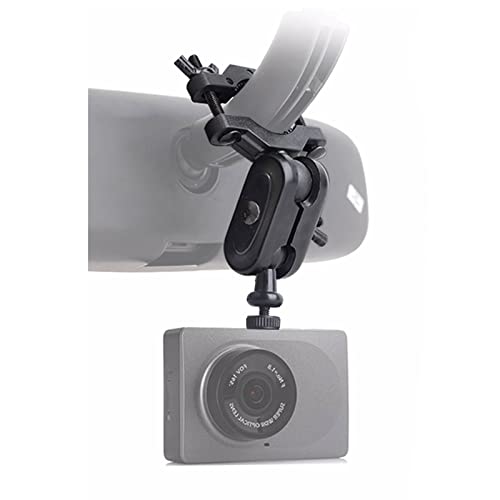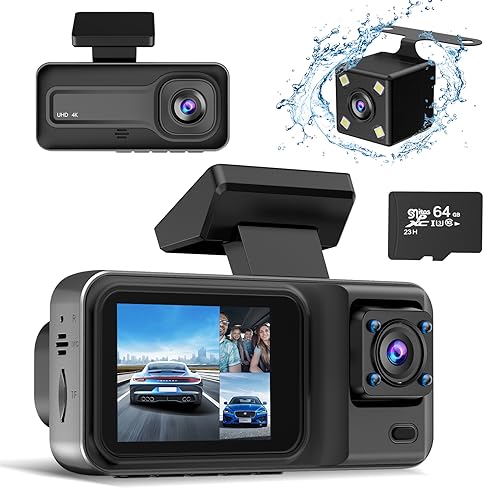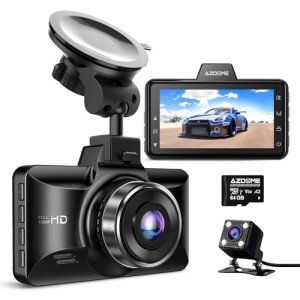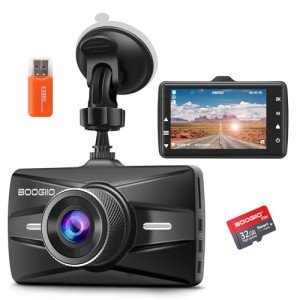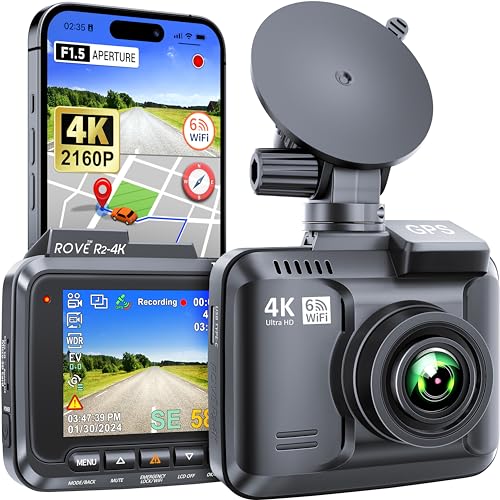When it comes to capturing stunning shots every time, mastering essential camera techniques is key. Whether you're using a fancy DSLR or your smartphone, knowing the basics can drastically improve your photos. Let’s break down some simple yet effective tips to elevate your game.
First up is understanding lighting. Natural light can be your best friend. Early morning or late afternoon often provides that golden glow, making everything look dreamy. If you’re shooting indoors, try to position your subject near a window. Avoid harsh midday light that can create unflattering shadows.
Next, focus on composition. The rule of thirds is a great starting point. Imagine your photo divided into nine equal parts with two vertical and two horizontal lines. Placing your subject along these lines or at their intersections creates a more balanced and interesting shot. Don't be afraid to experiment with angles and perspectives, too. Sometimes, getting low to the ground or shooting from above can change everything.
And let’s not forget about focus! Make sure your subject is sharp and clear. If you’re photographing moving subjects, try using continuous focus. This feature helps keep your subject in focus, even if it’s moving around a lot. Adjusting your depth of field can add a nice blur to the background, making your subject stand out beautifully.
Practice makes perfect, so get out there and start shooting! The more you experiment with these camera techniques, the more you'll find your own style. Don’t stress too much about getting everything right. Just enjoy the process and watch your photography skills soar!
Focus on the Right Details
When it comes to taking amazing photos, paying attention to the right details makes all the difference. Camera techniques aren’t just about knowing how to press the shutter button; they’re about understanding how various elements can enhance your shots. Whether you're snapping pictures for fun or trying to capture professional-quality images, honing your focus on details can elevate your photography game.
First off, think about lighting. Natural light can transform an ordinary shot into something spectacular. Try shooting during the golden hour, just after sunrise or before sunset. The soft, warm light during this time creates beautiful, flattering photos. If you're indoors, place your subject near a window for a natural glow or experiment with different light sources to find what works best.
Next, consider composition. This is where it gets really fun! Use the rule of thirds to position your subject off-center, or explore different angles to add interest to your photos. Don’t be afraid to get low to the ground or shoot from above. Sometimes, just changing your perspective can lead to striking results. Remember to check the background too. A cluttered backdrop can distract from a great subject.
Lastly, don’t overlook the importance of focus settings. Understanding how to use your camera's autofocus or manual focus will help you get the sharpest images possible. Play around with your depth of field to blur the background and make your subject pop. This is a key technique that can transform a good photo into a great one.
170° HD Waterproof Rear View Backup Camera
Get clear, reliable visibility while reversing with this waterproof backup camera designed for any weather
Product information
$19,956.00
Product Review Score
4.98 out of 5 stars
230 reviewsProduct links
Adjust Settings for Perfect Lighting
Getting the lighting just right can make all the difference in your photos. It’s one of those camera techniques that can elevate your images from just okay to absolutely stunning. Start by thinking about the natural light available. Early mornings and late afternoons are golden hours that can give your shots a warm glow. Try to plan your shoots during these times for the best results.
If you find yourself shooting indoors or when the light’s not cooperating, don’t worry. Use your camera’s settings to brighten things up. Increasing the ISO can help capture more light, but be careful. Push it too high, and your photos might end up grainy. A good rule of thumb is to keep the ISO low when you can and adjust your aperture and shutter speed instead. A wider aperture (lower f-stop number) lets in more light, while a slower shutter speed captures more of the available light.
Another handy camera technique is to get familiar with your camera’s exposure compensation feature. It allows you to tweak the exposure if your images come out too dark or too bright. Just a little adjustment can lead to amazing results. Don’t be afraid to experiment. Take a few shots, adjust the settings, and see what works best for your scene.
Lastly, consider using external lights or reflectors if you're really serious about nailing that perfect lighting. A simple reflector can bounce light onto your subject, bringing out colors and details beautifully. Plus, artificial lights can help create effects or fill in shadows where natural light falls short. With these tips, you’ll be ready to master the art of lighting!
Universal Dash Cam Mount for Most Car Cameras
Easily secure your dash cam for crystal-clear footage on every drive
Product information
$8.99
Product Review Score
4.24 out of 5 stars
95 reviewsProduct links
Composing Your Best Photo Frame
When it comes to snapping an amazing photo, framing is everything. You can have the best camera in the world, but if your frame isn’t right, the shot just won't pop. Here are some tips to help you compose your best photo frame using some effective camera techniques.
First off, think about the rule of thirds. Imagine your photo split into three equal parts both horizontally and vertically, creating a grid. Try placing your subject at one of those intersections instead of right in the center. It gives your photo more balance and draws the eye right where you want it.
Don’t forget to pay attention to your background. A busy background can distract from your subject. Remove any clutter or find a spot with a clean backdrop to make your main focus shine. Sometimes moving just a little to the left or right can change everything.
Lighting is key! Natural light works wonders, so grab your camera during golden hour, which is that magical time just after sunrise or just before sunset. If you're indoors, find the brightest window and avoid harsh overhead lighting. Soft, diffused light makes a huge difference in your photos.
Lastly, practice makes perfect. Try different angles and perspectives. Get low or shoot from above—changing your viewpoint can turn an average shot into something special. These camera techniques will really help you refine your eye and capture those spectacular moments!

